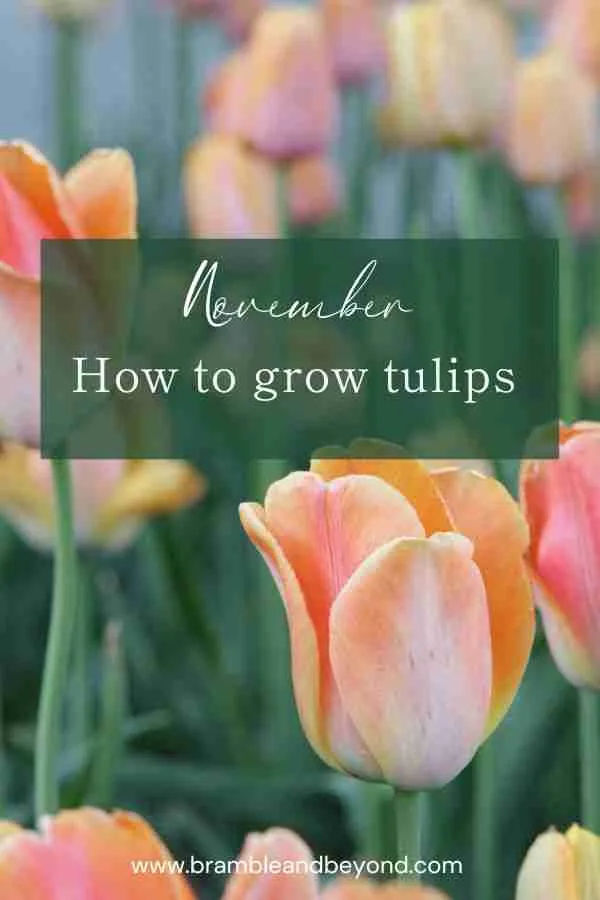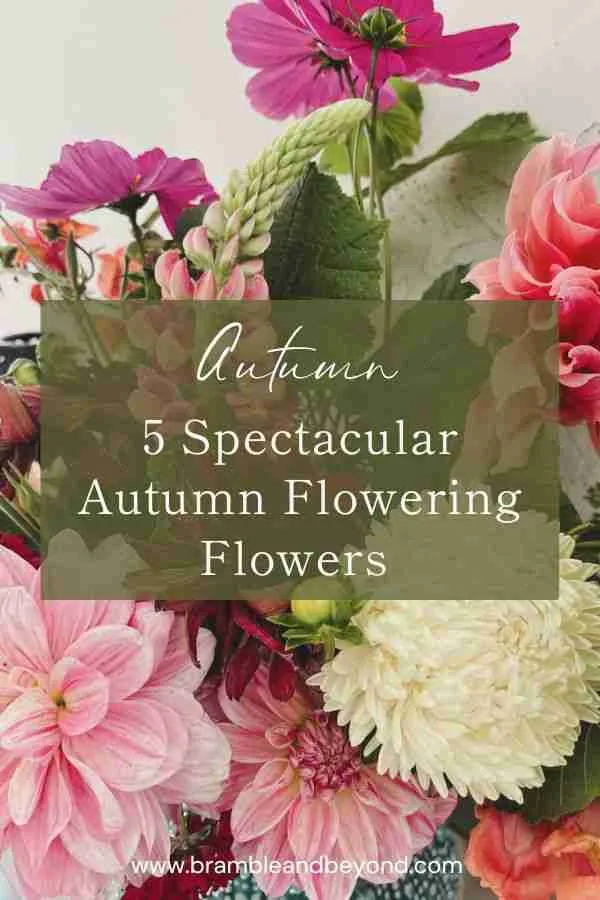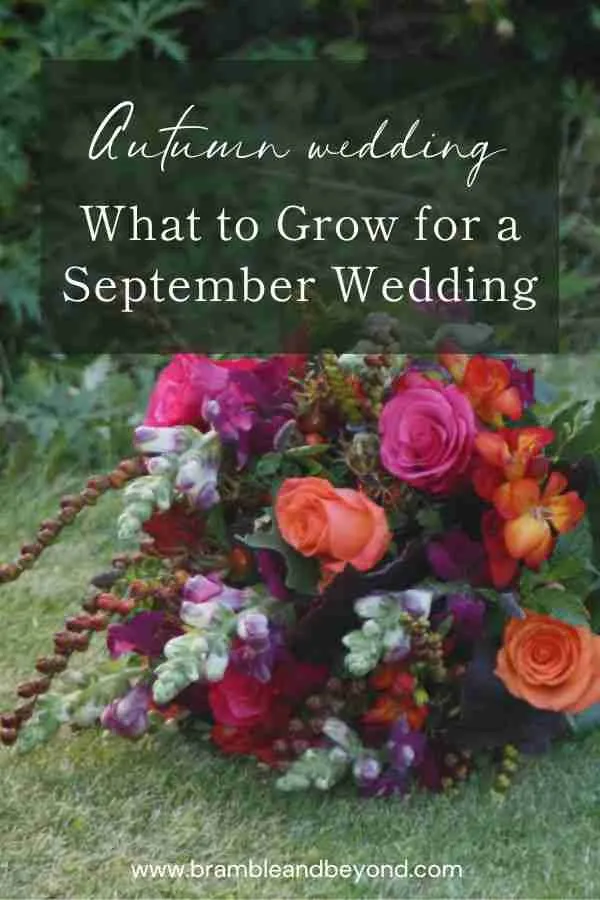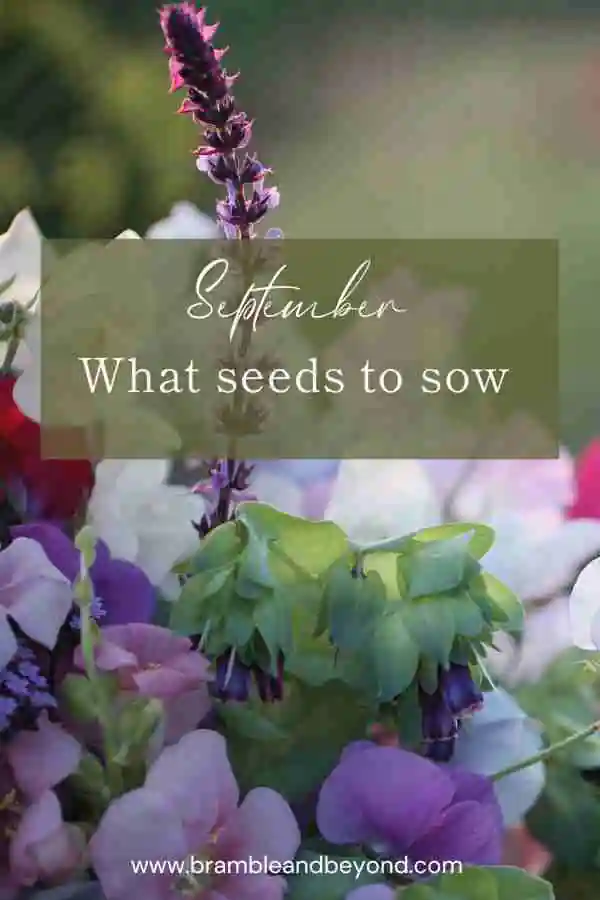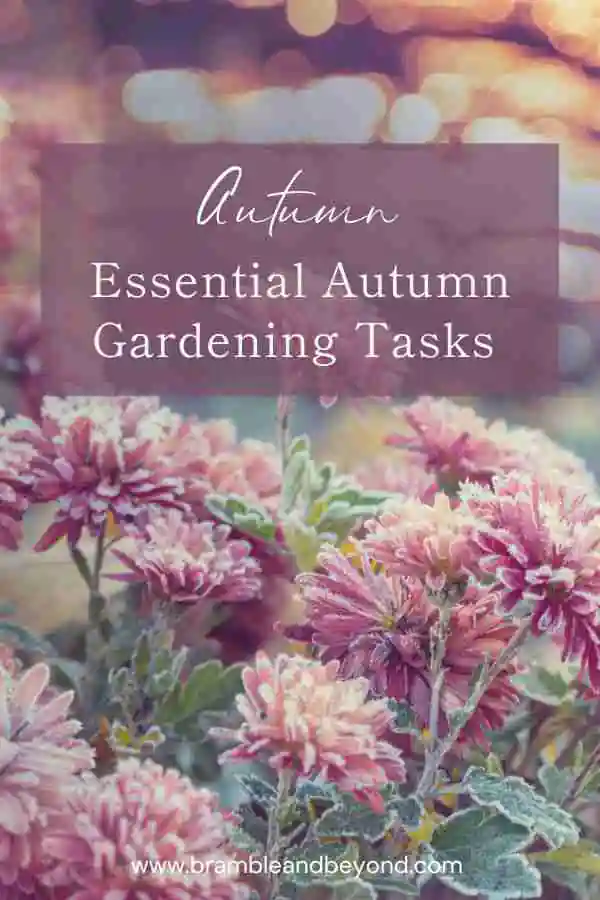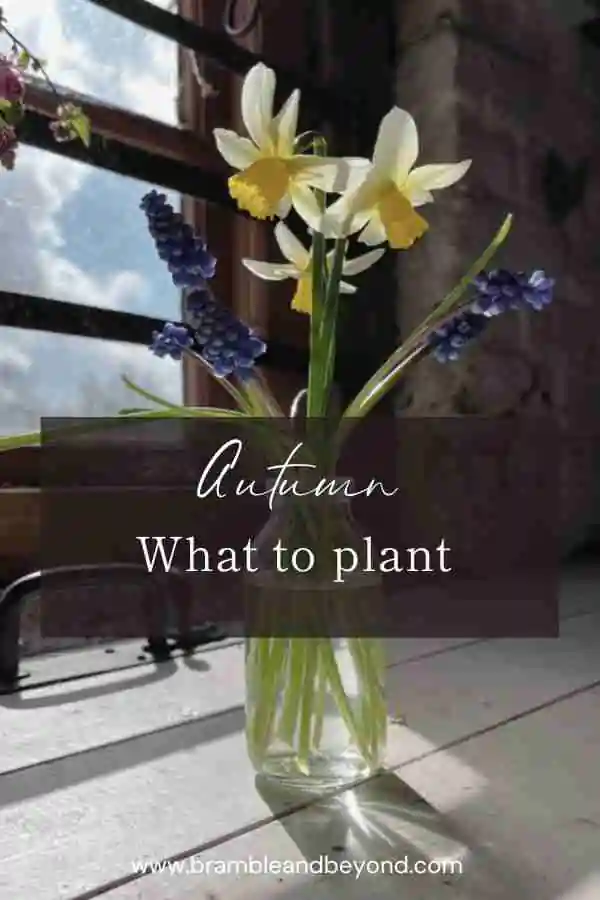Disclosure: This post may contain affiliate links, meaning I get commission if you decide to make a purchase through my links, at no cost to you. Please read my Affiliate Disclosure for more information.
Tulips are a cherished staple in many gardens, bringing vibrant colour and beauty after the winter chill. In fact, tulips are one of my favourite spring cut flowers, what I love most about them is how they take on their own shape in a vase.
In this comprehensive guide, we will explore how to plant tulips sustainably, nurturing not only our gardens but also our planet.
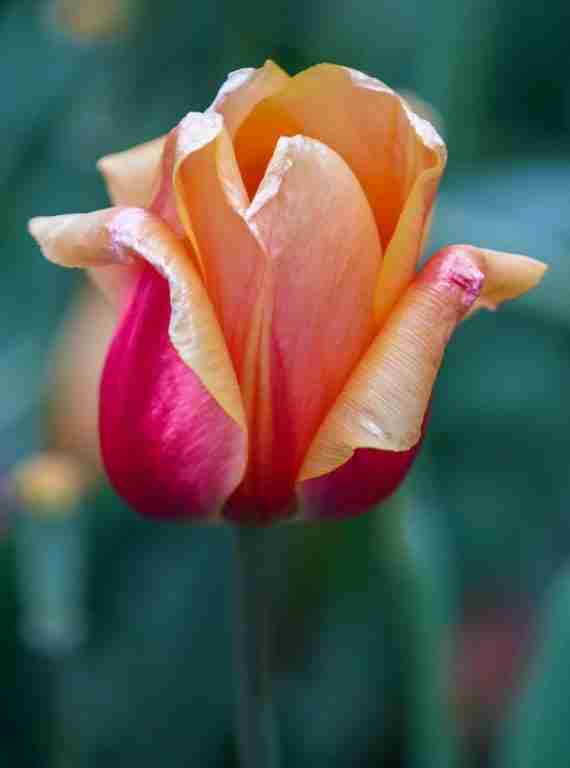
Do tulips come back every year?
Most bulbs are repeat flowers, making them a sustainable option for any garden, as they make a comeback year after year, often multiplying in numbers. However, there’s a common belief that this isn’t the case with our friend, the Tulip.
The usual advice suggests that tulips aren’t worth growing for a second season and should be replaced annually for the optimal displays. Believe it or not, this advice is even supported by the RHS. But guess what? I’m here to tell you that this is largely a myth, and I’d love to chat about how we can plant tulips in a more sustainable manner!
As a huge tulip fan, I always ensure I’ve got plenty to satisfy my tulip-loving heart, and I can honestly say I’ve never been let down by a tulip bloom in subsequent years.
I once splurged obscene amount of money on tulip bulbs, with the plan to sell some as cut flowers. As life would have it, that plan got sidetracked. Instead of seeing it as wasted money, I left them in the ground, and they’re still blooming 5 years later. And trust me, the display is still as fabulous as ever.
Now, I might understand the strive for perfection if you’re a flower farmer and your income depends on the quality of your tulips. In such a case, using precious growing space on bulbs that might not bloom might seem like a risk. But hear me out – tulip bulbs aren’t exactly inexpensive, and throwing them away after just one season feels quite wasteful, don’t you think?
How to plant tulips
Tulips prefer a sunny position with well-drained soil. They can’t stand getting their roots wet and do their best in spots where they can bask in the sun for at least 6 hours a day.
When it’s time to plant your tulips, tuck your bulbs in about twice their own height deep, which is roughly 15cm/ 6 inches. Don’t forget to give them a hearty drink of water to encourage those roots to grow. I make this part of my autumn garden routine.
If it’s really cold where you are, plant the bulbs deeper, about three to four times the height of the bulb. Give the bed a generous watering and top it off with some mulch.
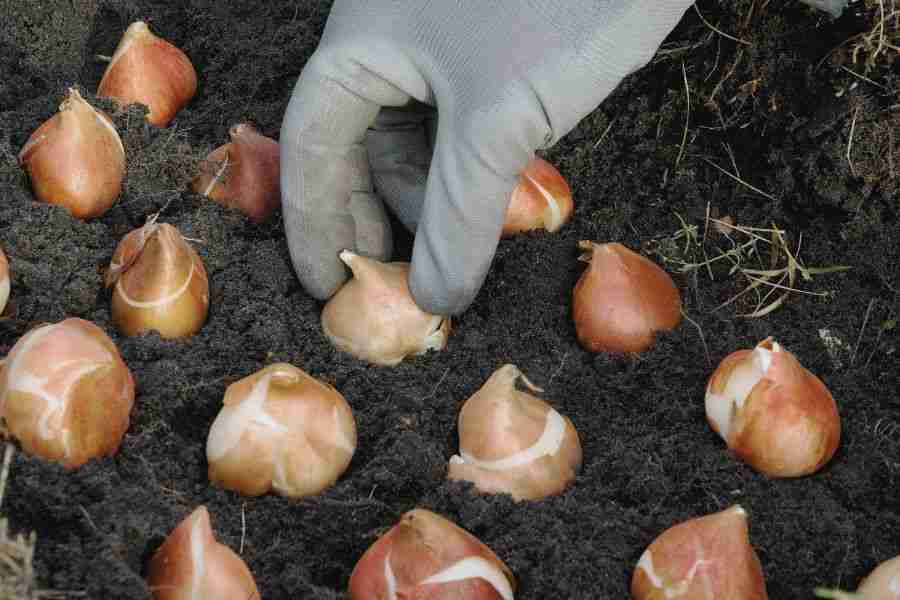
Tulips bulbs can be planted pretty close together. As long as they’re not touching, you can squeeze a lot of them into a small space or pot, making them ideal for smaller gardens.
Then, come February and March, it’s like magic. The bulbs start to transform as the starch in them turns to sugar. As this happens, the leaves and flower gradually push upwards out of the bulb. It’s a sight to behold!
If you’ve got a lot of squirrels, rabbits or mice in your area, you might want to cover your tulip beds with some sort of protection, such as chicken wire. This can be covered with some mulch for a more attractive finish.
What is the best month to plant tulip bulbs?
The best time to plant tulips is in late autumn. You want to get those bulbs in the ground a few weeks before the chill really sets in. This gives them time to grow some roots before the ground freezes solid.
If you’re in the UK, it’s pretty common to plant tulips in November, just after the first frost. But don’t worry if you forget! Tulips only need about a 3 month dormancy period, so you could still sneak them in the ground in January, as long as it’s not too cold. I wouldn’t push it much later than that though!
What month do tulips bloom?
Tulips are like little springtime cheerleaders, bursting onto the scene between early and late spring, depending on their variety. Generally, they start to flower as early as April and can continue into late May. With a careful selection of early, mid and late flowering varieties you can have a good display for over 2 months, increasing your harvesting window considerably.
Of course, Mother Nature always has the final say, and weather conditions will have a say in your tulip season. If you have a hot March, you might find all your tulips popping open at once – consider yourself forewarned.
Once they’re in bloom, tulips get all their nourishment from their roots since they’ve used up all the nutrients from the bulb to produce their beautiful flowers.
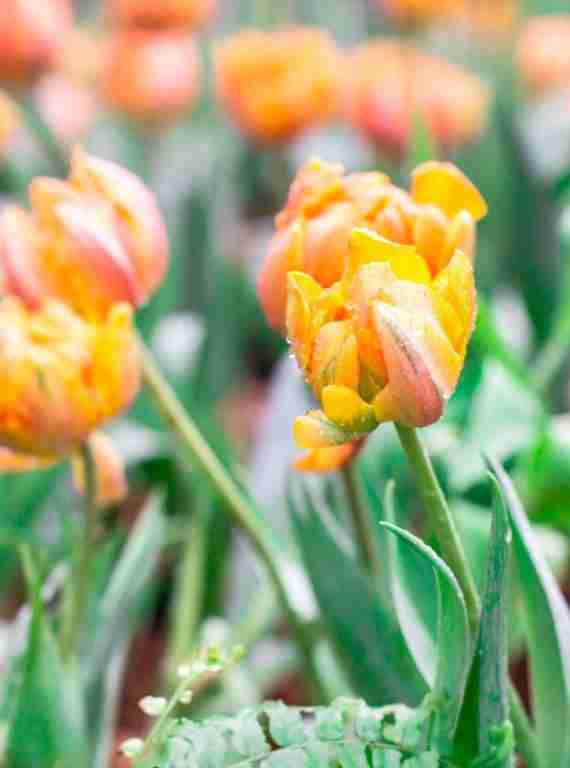
How do I harvest tulips?
If you’re planning to use your tulips as cut flowers, here’s a little tip for you. Cut single tulip varieties when the bud is just starting to show some colour. They’ll continue to bloom in the vase. For Parrots and doubles, wait until they’re almost fully coloured, but not quite open.
If you need the flowers for a specific date and they seem to be flowering early, try placing the cut flower stems in a wrapped bunch in the fridge. This will hold the cut stem in its current state, until you need them. They will keep like this for 2-3 weeks, and to reawaken them simply place them in water.
When you’re cutting, try to get as long a stem as possible. But if you’re hoping to keep the bulbs for a second season, leave some of the leaves on the bulb and keep it in the ground. This helps new bulbs grow. Your stem might be a bit shorter, but if these beauties are just for your enjoyment, that probably won’t matter too much.
If you’re only using them for one season, you might find it easier to just lift the bulb and cut it off, leaving only the top two leaves. You can then toss the bulbs – if you really must!
With all cut tulip stems, wash the stems, create a bunch and wrap them in paper before placing them into a few centimetres of water to condition for a couple of hours before arranging.
Fun fact – tulips continue to grow in the vase (hence why the shorter stems shouldn’t be such as a problem), so you may need to cut them shorter than usual when arranging to give them room to grow through an arrangement.
Can I leave tulip bulbs in the ground?
If you are a flower farmer, and tulips are one of your crops, the standard practice is to pull up the bulb as part of the harvest process. This gives you the longest stem length possible and the bulb is then discarded.
If you are a home tulip grower, and are willing to forgo a nice long stem length and potentially a lesser flower then it is definitely possible to keep the bulbs in the ground. If you are going to do this, make sure you snip off any seed heads as soon as they form (if you’ve picked the flower then you have already done this) and make sure some leaves are left on the bulb until they die back naturally. This allows maximum energy to go into the bulb, replenishing its stores of starch and maximising the chances that it will flower again next year.
After the foliage turns yellow and dies back, it can be pruned off.
What to do with tulips after they bloom
If you want to try and reuse your tulip bulbs, you must maintain some leaves on your bulbs and leave them to die back naturally.
During this die-back process you could move the bulbs into a new position, or leave them in place.
If you are moving them, carefully lift them and plant them up into pots and place them somewhere sunny but out of the way. Once all of the leaves have dropped off, the bulbs can be stored ready for replanting in the autumn.
Alternatively, you could plant them elsewhere straight away.
I love the idea of a tulip lawn. All of the spent bulbs are planted in the lawn while still in leaf, and if they flower the next season it is a bonus. This allows for you to feed your tulip addiction each year with a fresh tulip collection, but still potentially enjoy all of the previous year’s flowers as well. The lawn flowers are there simply for enjoyment, with no requirements on stem length or flower quality, and the fresh flowers are for cutting, or for best display.
I also like to flip flop planting in my cutting beds with tulips and dahlias. Their lifecycles seem to coincide nicely. The tulips get planted out when the dahlias are lifted in the autumn, and the dahlias get planted when the tulips are lifted in the spring.
Last year I kept my tulips in the cutting garden bed. When they were finished I added a layer of compost and over planted with the spring annuals. These flowered during the summer and were removed in the autumn. The tulips are now popping up where I left them.
A greener future with sustainable gardening
Embracing sustainable practices in our gardens is a small step towards a much larger goal: preserving and nurturing our planet. By learning how to plant tulips in an environmentally friendly way, we’re investing in a greener tomorrow.
So let’s keep planting, keep believing, and keep making our world a more beautiful place, one tulip at a time.
Update
Last year I had more tulips in my garden than I could usefully use. Of course they looked stunning in the garden but the plan was to make them pay for themselves. So this winter (2024), I decided not to plant any more, I would just take my chances. I figured, if only half of the ones from last year come up, I still would have plenty.
Roll round to spring of 2024 and virtually no tulips that were left in the ground have returned. Those that remain look pretty poor. I suspect with all of the rain we had the bulbs have rotted in the ground. To say I am disappointed is an understatement.
That said, tulips that were in pots have faired better, and I would even go as far as saying that some that have been in pots for at least 5 years looked even better than ever, with I think more blooms.
So the moral of this story is you can’t guarantee anything in life with tulips. If you want a bit more certainty, then plant them in pots and protect them from too much rain.

